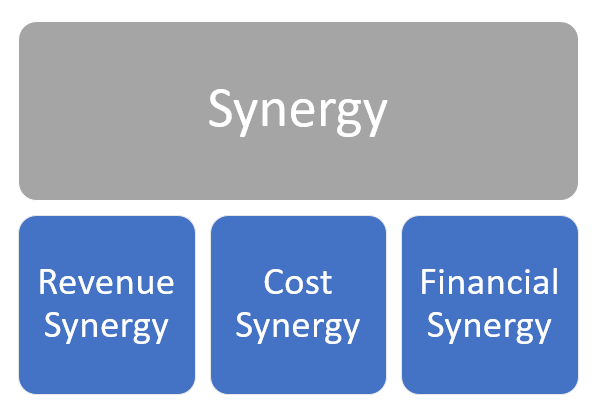In today’s rapidly evolving business environment, companies must navigate a complex landscape marked by technological advancements, shifting consumer preferences, and increased competition. Strategic synergies play a pivotal role in enabling organizations to adapt, innovate, and maintain a competitive edge. This article delves into the multifaceted world of strategic synergies and how they are shaping modern business innovation and adaptation.
1. Defining Strategic Synergies
Strategic synergies refer to the collaboration between different business units, companies, or sectors, aiming to create value that is greater than the sum of their individual efforts. These synergies can manifest through partnerships, mergers, acquisitions, or internal initiatives, fostering innovation, efficiency, and sustainable growth.
2. The Balance Between Innovation and Adaptation
Navigating the modern business landscape requires a delicate balance between innovation and adaptation. Companies must continually develop new products, services, and technologies while also adapting to market changes, regulatory shifts, and evolving consumer needs.
3. Technological Integration and Digital Transformation
Technology is a driving force behind strategic synergies. Integrating advanced technologies and embracing digital transformation enable companies to streamline operations, enhance customer experiences, and develop innovative solutions that cater to the digital age.
4. Collaboration and Diversification
Strategic collaborations, whether through partnerships, joint ventures, or alliances, allow companies to pool resources, share knowledge, and access new markets. Diversification of products, services, and geographical presence can mitigate risks and uncover new opportunities for growth.
5. Sustainability and Ethical Considerations
Sustainability and ethical considerations are becoming increasingly central to business strategies. Companies are exploring synergies that prioritize environmental responsibility, social impact, and ethical governance, aligning with consumer values and future-proofing their operations.
6. Navigating Challenges and Risks
While strategic synergies offer numerous benefits, they also present challenges and risks. Companies must carefully assess compatibility, manage cultural differences, ensure compliance, and evaluate the potential impact on stakeholders to realize successful synergies.
7. Case Studies: Real-World Applications
Examining real-world applications of strategic synergies provides valuable insights into their practicality and effectiveness. Companies such as Apple, Google, and Amazon have successfully leveraged synergies to innovate, diversify, and strengthen their market positions.
8. Future Trends and Predictions
The landscape of strategic synergies is continually evolving. Emerging trends, such as artificial intelligence, blockchain, and the circular economy, are poised to redefine how companies approach innovation and adaptation in the coming years.
9. Developing a Strategic Synergy Framework
Developing a robust strategic synergy framework is essential for navigating the complexities of the modern business landscape. This framework should encompass clear objectives, effective communication, risk management, and performance metrics to evaluate success.
10. Conclusion and Key Takeaways
Strategic synergies are integral to the success of modern businesses, enabling them to innovate, adapt, and thrive in a competitive and ever-changing environment. By fostering collaboration, integrating technology, prioritizing sustainability, and navigating inherent challenges, companies can unlock the full potential of strategic synergies and drive long-term success.
Tags: #StrategicSynergies, #BusinessInnovation, #BusinessAdaptation, #ModernBusiness, #DigitalTransformation, #CompetitiveAdvantage, #Collaboration, #Diversification, #Sustainability, #TechnologicalIntegration




